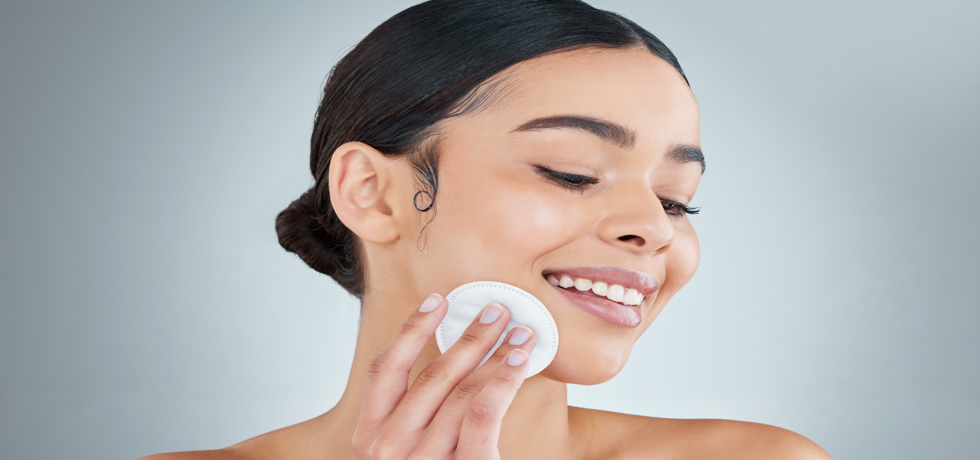
Unlocking the Secrets of Lanolin in Skincare
Your Guide to Understanding Lanolin’s Benefits and Risks
What is Lanolin?
Lanolin is a natural wax that closely resembles the oils in human skin, making it a frequently chosen component for skincare products. Known for its emollient qualities, lanolin serves as a powerful moisturizer. By forming a protective barrier on the skin, it retains moisture, prevents transepidermal water loss, and keeps your skin feeling supple and hydrated. This unique ingredient is often found in creams and ointments designed for dry or compromised skin, proving its effectiveness as a skincare solution.
The Benefits of Lanolin
The benefits of lanolin in skincare are numerous. Firstly, its moisturizing properties make it an exceptional choice for hydrating the skin and relieving dryness. Secondly, it acts as a protective barrier against environmental stressors such as pollution and harsh weather conditions. Additionally, lanolin exhibits soothing qualities that help to calm irritated or sensitive skin, making it a perfect ingredient for products tailored for delicate skin types. Lastly, its healing properties can support skin regeneration, making it suitable for treating dry or cracked areas.
Potential Risks and Side Effects
While lanolin is an effective ingredient, it’s important to recognize that it can pose potential risks for some individuals. Those with wool allergies may experience allergic reactions to lanolin, which can manifest as redness, itching, or hives. Furthermore, lanolin is a dense substance that can clog pores for individuals with oily skin, leading to breakouts and acne. It’s crucial to perform a patch test before incorporating lanolin-based products into your skincare routine to determine if it’s suitable for your skin type.
Using Lanolin Safely
If you decide to try lanolin in your skincare routine, following some simple guidelines can ensure safety and efficacy. Start with a patch test to check for any adverse reactions. Follow the product instructions and avoid contact with sensitive areas such as the eyes. Using high-quality products sourced from reputable suppliers is also essential to prevent contamination with harmful substances. If you notice any signs of irritation, discontinue use immediately and consult with a dermatologist.
Exploring Lanolin Alternatives
For those who have sensitive skin or a lanolin allergy, there are various alternatives available in the skincare world. Plant-derived ingredients like cocoa butter, shea butter, and jojoba oil can provide similar moisturizing benefits without the risk of sensitivity. As always, pay attention to ingredient labels and consult with your dermatologist to find the best product for your individual needs.
In conclusion, lanolin is a powerful ingredient with incredible benefits for those seeking effective moisturization and skin protection. Understanding its properties, benefits, and potential risks can help you make informed decisions about incorporating it into your skincare routine. If you’re uncertain about how lanolin or any skincare ingredient may affect you, don’t hesitate to reach out to a dermatologist for personalized guidance.
FAQs about Lanolin
Is lanolin suitable for all skin types?
Lanolin is generally well-tolerated, but individuals with oily or acne-prone skin should use it with caution, as it may clog pores.
Can I use lanolin on sensitive skin?
Yes, lanolin can be soothing for sensitive skin, but it’s advisable to perform a patch test first to rule out any allergic reactions.
What should I do if I experience irritation from lanolin?
If you experience any irritation, stop using the product immediately and consult with a dermatologist for alternative recommendations.
For professional assistance and expert advice from leading dermatologists like Dr. Hital Patel, experience the benefits of unlocking the secrets of lanolin in skincare with Hair & Skin Specialist Dr. Hital Patel at The Skin Artistry. Our clinics in PDPU Gandhinagar, Vastrapur Ahmedabad, and Hyderabad (Visiting Consultant) offer top-quality care and personalized treatments. Visit us today to learn more about our services and take advantage of our special offers! For more insights, updates, or to collaborate, stay connected with The Skin Artistry.

